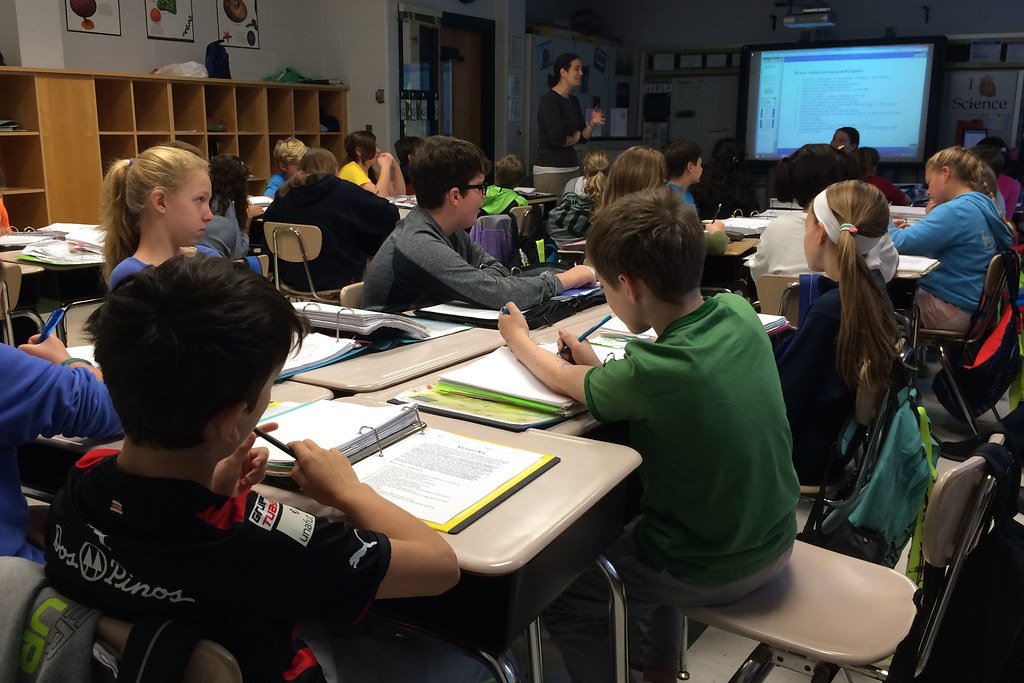

I missed this piece when it was first published in Time back in March. It is written by Jim Grossman of the American Historical Association and three AHA researchers.
A taste:
For the past half-decade, amid overheated rhetoric contesting the very essence of national identity, Americans have been subjected to competing caricatures of the country’s history classrooms. Progressives have voiced fears that the typical U.S. history curriculum is a whitewashed fable that suppresses uncomfortable truths about slavery and race. Conservatives have claimed the opposite—that educators, swept up in a hypercritical obsession with race, now teach children to hate their country. The good news is that neither of these panicked portrayals are accurate. Media accounts of a politically charged war for the soul of social studies are overblown.
For the better part of two years, the American Historical Association has been carefully gathering an empirical picture of the landscape of U.S. history curriculum. After a 50-state appraisal of standards and legislation, our researchers commissioned a National Opinion Research Center survey of thousands of middle and high school U.S. history educators across a sample of nine states and conducted long-form interviews with hundreds more teachers and administrators. We collected instructional materials from districts, teachers, and publishers, representing school settings from small farm towns to sprawling suburbs to big cities. Our key finding, which we are previewing here ahead of a webinar and plan to publish in full later this year, is clear: The typical American history classroom is neither awash in white supremacy nor awoke with critical race theory.
Claims by partisan pundits are also inaccurate in a more fundamental sense. Flashy national declarations can’t possibly reflect or determine what’s on teachers’ desks. Even state social studies standards, a topic around which considerable political energy can (and should) be spent, tells us little about what schoolwork looks like.
Read the rest here.